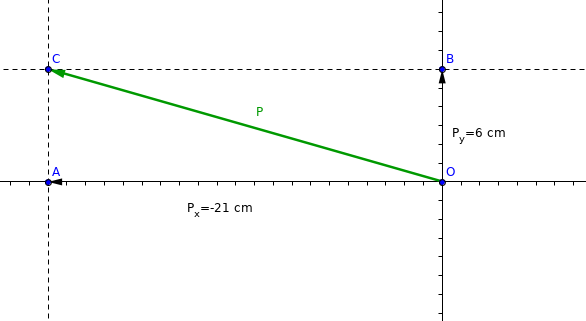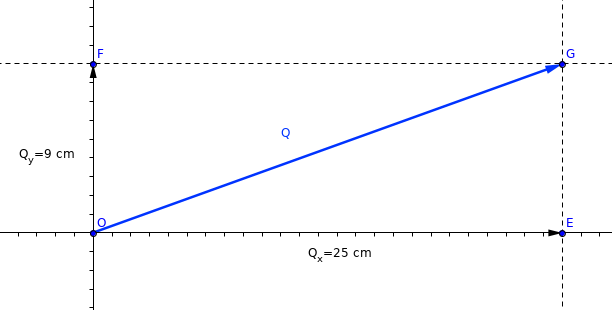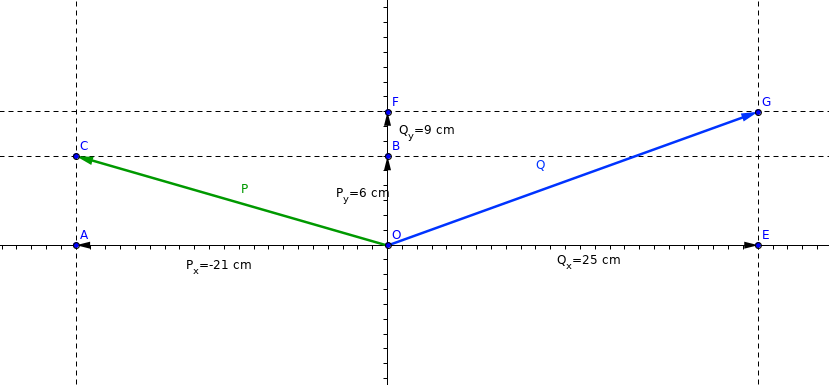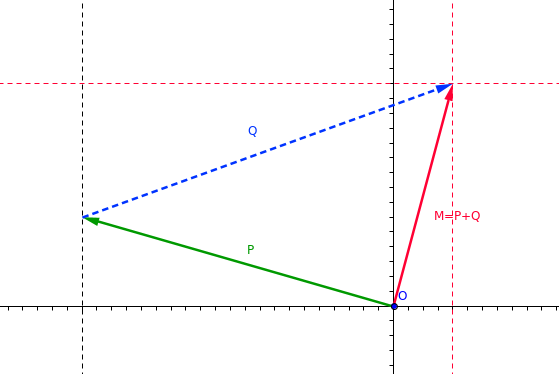Physics Vectors Help!!! Am I supposed to somehow use the Pythagorean theorem to answer this? I've tried multiple times to answer, but what is the best way to solve this sort of problem???
2 Answers
Consider that,
Thus,
Recall that
Therefore, the magnitude of the resultant vector
Hence, I would wager that,

is a fairly accurate sketch of the vectors, color coded per the question's specifications.
I'm open to feedback if I made a mistake!
Explanation:
- The P vector and its components are shown on the drawing.

- You can find the magnitude of the P vector with the Pythagorean theorem.
- The Q vector and its components are shown on the drawing.

- Magnitude of Q Vector :
- View of the P and Q vectors.

- Let's draw the vector M = P + Q.

- The magnitude of M=P+Q:


